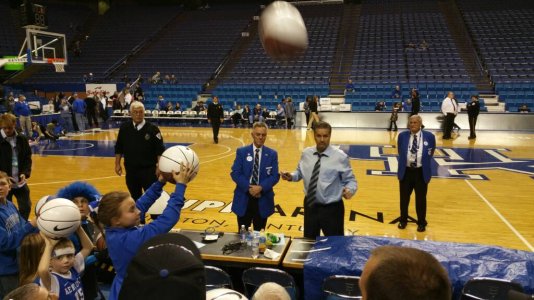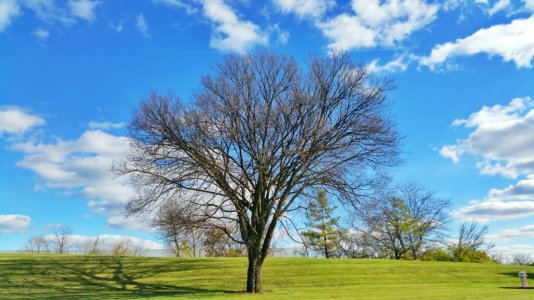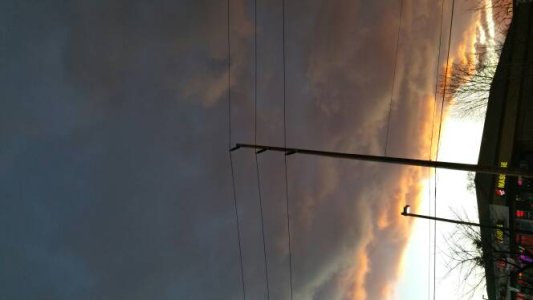Hi all,
I made the jump today from a Lumia 1020 to a Note 4. I'm completely blown away by how good this phone is.
My main concern was about the camera and whether or not it was good enough to replace the Lumia. From a brief play with it I don't think I'll have any issues, it's perfectly good.
The first thing I did was install the Google Now launcher. It's a very smooth phone and is a pleasure to use.
It pains me to say this, but Android is streets ahead of Windows Phone in terms of apps and app quality. So far I'm very pleased with my decision.
Posted via the Android Central App
I made the jump today from a Lumia 1020 to a Note 4. I'm completely blown away by how good this phone is.
My main concern was about the camera and whether or not it was good enough to replace the Lumia. From a brief play with it I don't think I'll have any issues, it's perfectly good.
The first thing I did was install the Google Now launcher. It's a very smooth phone and is a pleasure to use.
It pains me to say this, but Android is streets ahead of Windows Phone in terms of apps and app quality. So far I'm very pleased with my decision.
Posted via the Android Central App




